The solar system is composed of the Sun, eight planets, dwarf planets, asteroids, comets, and numerous other smaller objects. The Sun, a star, dominates the system, with its gravity holding all other objects in orbit.
The eight planets, in order from the Sun, are Mercury, Venus, Earth, Mars, Jupiter, Saturn, Uranus, and Neptune. Beyond the planets are dwarf planets like Pluto, and vast regions like the asteroid belt and the Kuiper belt, which are home to asteroids and icy bodies respectively. Comets, often described as "dirty snowballs," are also part of the solar system, with their tails becoming visible when they pass close to the Sun.
Key Components of the Solar System:
The Sun:
The central star, providing light and heat, and its gravity governs the orbits of all other objects.
Planets:
Eight large celestial bodies that orbit the Sun, categorized as inner (rocky) and outer (gaseous) planets.
Dwarf Planets:
Smaller celestial bodies, like Pluto, that orbit the Sun but haven't cleared their orbital paths of other debris.
Asteroids:
Rocky remnants from the early solar system, most concentrated in the asteroid belt between Mars and Jupiter.
Comets:
Icy bodies that develop a tail of gas and dust when they approach the Sun.
Moons:
Natural satellites that orbit planets.
Kuiper Belt:
A region beyond Neptune, containing icy bodies and dwarf planets.
Oort Cloud:
A hypothetical cloud of icy objects far beyond the Kuiper Belt, thought to be the origin of long-period comets.
Orbital Paths:
All planets, dwarf planets, asteroids, and comets orbit the Sun in elliptical paths, with the Sun at one focus.
The speed of an object's orbit depends on its distance from the Sun.
Moons orbit planets, not directly around the Sun.
Other Notable Features:
The solar system is mostly empty space, with vast distances between objects.
The solar system is just a small part of the Milky Way galaxy, which contains billions of stars.
Astronomers divide the solar system into regions, including the inner solar system (Mercury to Mars and the asteroid belt) and the outer solar system (Jupiter and beyond).
New Object And Changes
Updated Kennedy Space Center With New Landing Spots
New Textures To Mercury And Moon
Added A New Asteroid
Added Vostochny Cosmodrome
GENERAL INFO
- Predecessor: Realism Overhaul Starter Edition
- Successors 1 post(s)
- Created On: Android
- Game Version: 1.3.204.1
CELESTIAL BODIES
| Name | Parent | Radius | Surface Gravity | Apoapsis | Periapsis |
|---|---|---|---|---|---|
| Sun | 239.1 Mm | 20.6 m/s | - | - | |
| Mercury | Sun | 2,948 km | 1.6 m/s | 14,211.0 Mm | 9,968.0 Mm |
| Venus | Sun | 6,037 km | 8.7 m/s | 23,258.6 Mm | 21,469.5 Mm |
| Earth | Sun | 6,371 km | 9.8 m/s | 31,651.3 Mm | 30,410.0 Mm |
| Moon | Earth | 1,274 km | 1.7 m/s | 383.7 Mm | 382.9 Mm |
| 2024 PT5 | Earth | 1,000 m | 0.4 m/s | 769.4 Mm | 505.6 Mm |
| Bennu | Sun | 2,318 m | 0.0 m/s | 37,899.4 Mm | 35,247.2 Mm |
| Mars | Sun | 4,000 km | 7.5 m/s | 47,415.0 Mm | 40,820.5 Mm |
| Phobos | Mars | 184 km | 0.4 m/s | 27,027 km | 26,973 km |
| Deimos | Mars | 184 km | 0.4 m/s | 56,716 km | 56,602 km |
| Didymos | Sun | 3,000 m | 0.4 m/s | 62,961.0 Mm | 53,670.8 Mm |
| Dimorphos | Didymos | 1,291 m | 0.4 m/s | 76 km | 76 km |
| 1994 PC1 | Sun | 1,050 m | 0.0 m/s | 67,904.6 Mm | 57,885.1 Mm |
| 1999 JU9 | Sun | 23 km | 0.4 m/s | 88,473.6 Mm | 76,663.5 Mm |
| Ceres | Sun | 174 km | 1.7 m/s | 104,933.8 Mm | 94,630.8 Mm |
| Pallas | Sun | 257 km | 0.2 m/s | 124,509.7 Mm | 106,137.8 Mm |
| 67P/Churyumov Gerasimenko | Sun | 23 km | 0.4 m/s | 189,847.6 Mm | 62,818.4 Mm |
| Jupiter | Sun | 65,000 km | 24.0 m/s | 154,731.3 Mm | 154,422.1 Mm |
| Metis | Jupiter | 23 km | 0.4 m/s | 921.3 Mm | 250.0 Mm |
| Io | Jupiter | 2,104 km | 7.0 m/s | 619.5 Mm | 618.3 Mm |
| Europa | Jupiter | 2,006 km | 7.0 m/s | 1,195.2 Mm | 1,192.8 Mm |
| Ganymede | Jupiter | 2,366 km | 7.0 m/s | 1,675.8 Mm | 1,672.5 Mm |
| Callisto | Jupiter | 1,903 km | 7.0 m/s | 2,599.2 Mm | 2,594.0 Mm |
| Elara | Jupiter | 93 km | 0.4 m/s | 4,354.1 Mm | 4,067.3 Mm |
| Amalthea | Jupiter | 53 km | 0.4 m/s | 7,685.8 Mm | 3,642.0 Mm |
| Thyone | Jupiter | 9,180 m | 0.2 m/s | 8,688.9 Mm | 7,143.3 Mm |
| 8P-Tuttle | Sun | 9,582 m | 0.1 m/s | 354,283.1 Mm | 52,816.3 Mm |
| Saturn | Sun | 64,000 km | 15.2 m/s | 261,943.1 Mm | 261,419.8 Mm |
| Pan | Saturn | 17 km | 0.4 m/s | 242.8 Mm | 242.3 Mm |
| Methone | Saturn | 20 km | 0.4 m/s | 483.5 Mm | 482.5 Mm |
| Mimas | Saturn | 450 km | 1.6 m/s | 797.8 Mm | 796.2 Mm |
| Enceladus | Saturn | 550 km | 2.0 m/s | 1,400.5 Mm | 1,397.7 Mm |
| Tethys | Saturn | 550 km | 1.8 m/s | 2,064.7 Mm | 2,060.5 Mm |
| Peggy | Saturn | 23 km | 0.4 m/s | 2,781.1 Mm | 1,769.8 Mm |
| Dione | Saturn | 550 km | 2.8 m/s | 2,504.6 Mm | 2,499.6 Mm |
| Rhea | Saturn | 350 km | 1.6 m/s | 3,082.5 Mm | 3,076.3 Mm |
| Titan | Saturn | 2,974 km | 4.6 m/s | 6,127.3 Mm | 6,115.0 Mm |
| Hyperion | Saturn | 16 km | 0.4 m/s | 8,055.5 Mm | 6,718.4 Mm |
| Iapetus | Saturn | 650 km | 2.4 m/s | 12,415.5 Mm | 11,460.7 Mm |
| Phoebe | Saturn | 23 km | 0.4 m/s | 16,271.8 Mm | 12,706.1 Mm |
| Uranus | Sun | 25,000 km | 9.9 m/s | 399,012.7 Mm | 398,215.5 Mm |
| Miranda | Uranus | 550 km | 7.0 m/s | 282.9 Mm | 282.4 Mm |
| Ariel | Uranus | 250 km | 1.7 m/s | 500.6 Mm | 499.6 Mm |
| Umbriel | Uranus | 250 km | 1.7 m/s | 902.8 Mm | 901.0 Mm |
| Titania | Uranus | 250 km | 1.7 m/s | 1,506.5 Mm | 1,503.5 Mm |
| Oberon | Uranus | 250 km | 1.7 m/s | 2,255.0 Mm | 2,250.5 Mm |
| Mab | Uranus | 20 km | 0.4 m/s | 4,900.9 Mm | 2,295.4 Mm |
| Neptune | Sun | 24,000 km | 8.4 m/s | 518,585.1 Mm | 517,549.0 Mm |
| Triton | Neptune | 550 km | 1.7 m/s | 335.8 Mm | 335.1 Mm |
| Proteus | Neptune | 22 km | 0.1 m/s | 701.3 Mm | 387.3 Mm |
| Nereid | Neptune | 23 km | 0.4 m/s | 915.4 Mm | 707.5 Mm |
| Hippocamp | Neptune | 23 km | 0.4 m/s | 1,694.5 Mm | 1,691.1 Mm |
| Despina | Neptune | 23 km | 0.4 m/s | 2,418.9 Mm | 2,414.0 Mm |
| Larissia | Neptune | 23 km | 0.4 m/s | 3,368.2 Mm | 3,361.5 Mm |
| Halley | Sun | 9,318 m | 0.4 m/s | 1,064,284.9 Mm | 27,140.2 Mm |
| Pluto | Sun | 784 km | 1.9 m/s | 631,049.2 Mm | 536,957.4 Mm |
| Charon | Pluto | 394 km | 2.6 m/s | 21,134 km | 21,092 km |
| Nix | Pluto | 23 km | 0.4 m/s | 48,003 km | 47,907 km |
| Styx | Pluto | 23 km | 0.4 m/s | 60,697 km | 60,576 km |
| Hydra | Pluto | 23 km | 0.4 m/s | 74,015 km | 73,867 km |
| Kerboros | Pluto | 23 km | 0.4 m/s | 86,016 km | 85,844 km |
| Arrokoth | Sun | 22 km | 0.4 m/s | 700,011.4 Mm | 590,239.5 Mm |
| Haumea | Sun | 710 km | 0.4 m/s | 747,415.1 Mm | 676,477.7 Mm |
| Namaka | Haumea | 83 km | 1.4 m/s | 23,345 km | 23,299 km |
| Hiiaka | Haumea | 93 km | 1.6 m/s | 50,495 km | 40,752 km |
| Makemake | Sun | 450 km | 1.6 m/s | 848,163.5 Mm | 736,281.1 Mm |
| MK2 | Makemake | 53 km | 0.1 m/s | 20,879 km | 20,837 km |
| Eris | Sun | 503 km | 7.9 m/s | 1,226,111.9 Mm | 773,888.1 Mm |
| Dysnomia | Eris | 184 km | 3.2 m/s | 51,564 km | 39,169 km |
7 Comments
- Log in to leave a comment
-
+1 one month ago
At least give titan a proper surface, its surface is basically 100% liquid
-
35 Aleilre21+1 2 months ago
@SolarCompany Hey Solar Company, I'm a huge fan. I recently recreated your adaptable solar system on Android by reducing the planets' sizes and distances by half. Could you please let me know what you think? Sorry to bother you, and have a great day.
-
+2 2 months ago
First of all, thank you to all the creators for your contributions to this project. However, during my use, I noticed some issues: the latitude and longitude grids on some planets are misaligned, leading to significant deviations from the actual celestial bodies' real positions. Additionally, the planet's topographical relief is not very pronounced; many landforms are not realistically represented. I hope the terrain can be further refined. Lastly, there are noticeable inaccuracies in the placement of a minority of launch sites (even just relative to the terrain itself). I request further improvements on this as well. Finally, thank you once again to all creators for your hard work. I wish you all the best in refining this into a masterpiece, ensuring it becomes a significant milestone in this game's history!
-
17.3k Aludra877+1 2 months ago
hey man, heres a world you may be interested in, you can read up about it here lol, https://www.forbes.com/sites/jamiecartereurope/2025/07/15/meet-ammonite---a-new-world-just-found-in-the-solar-system/
Great work as always, thank you for doing this for our solar system
-
-

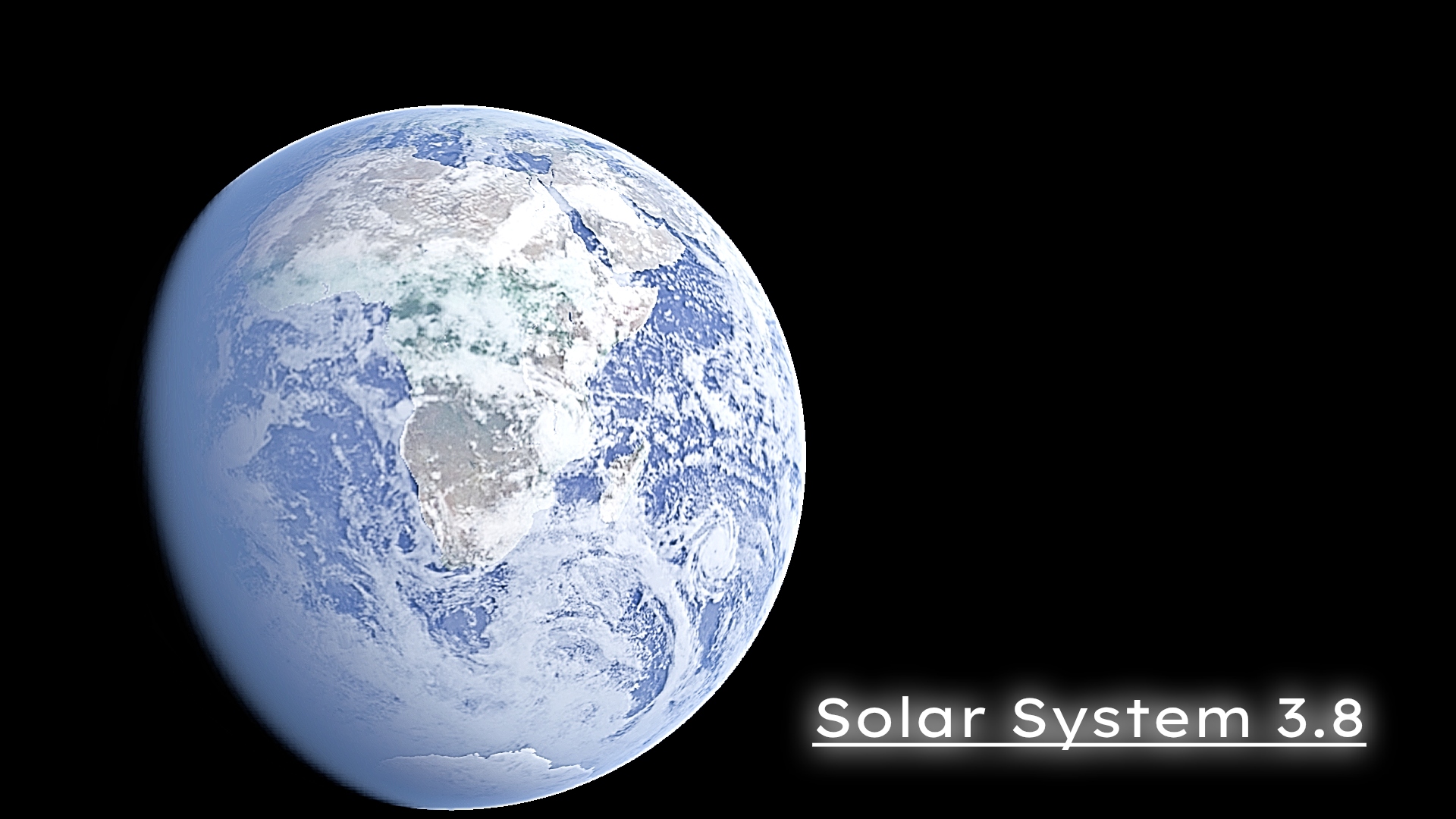
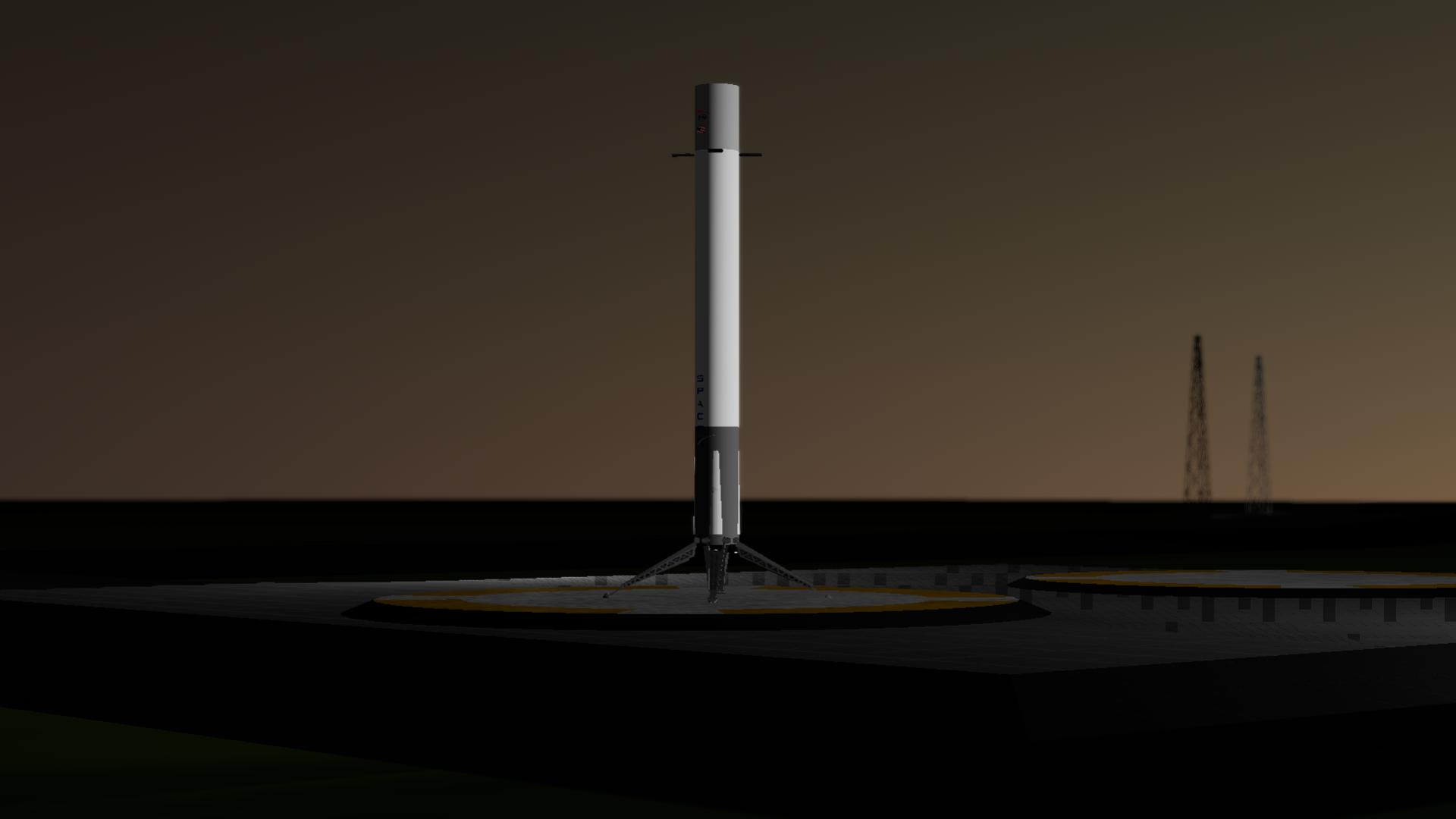
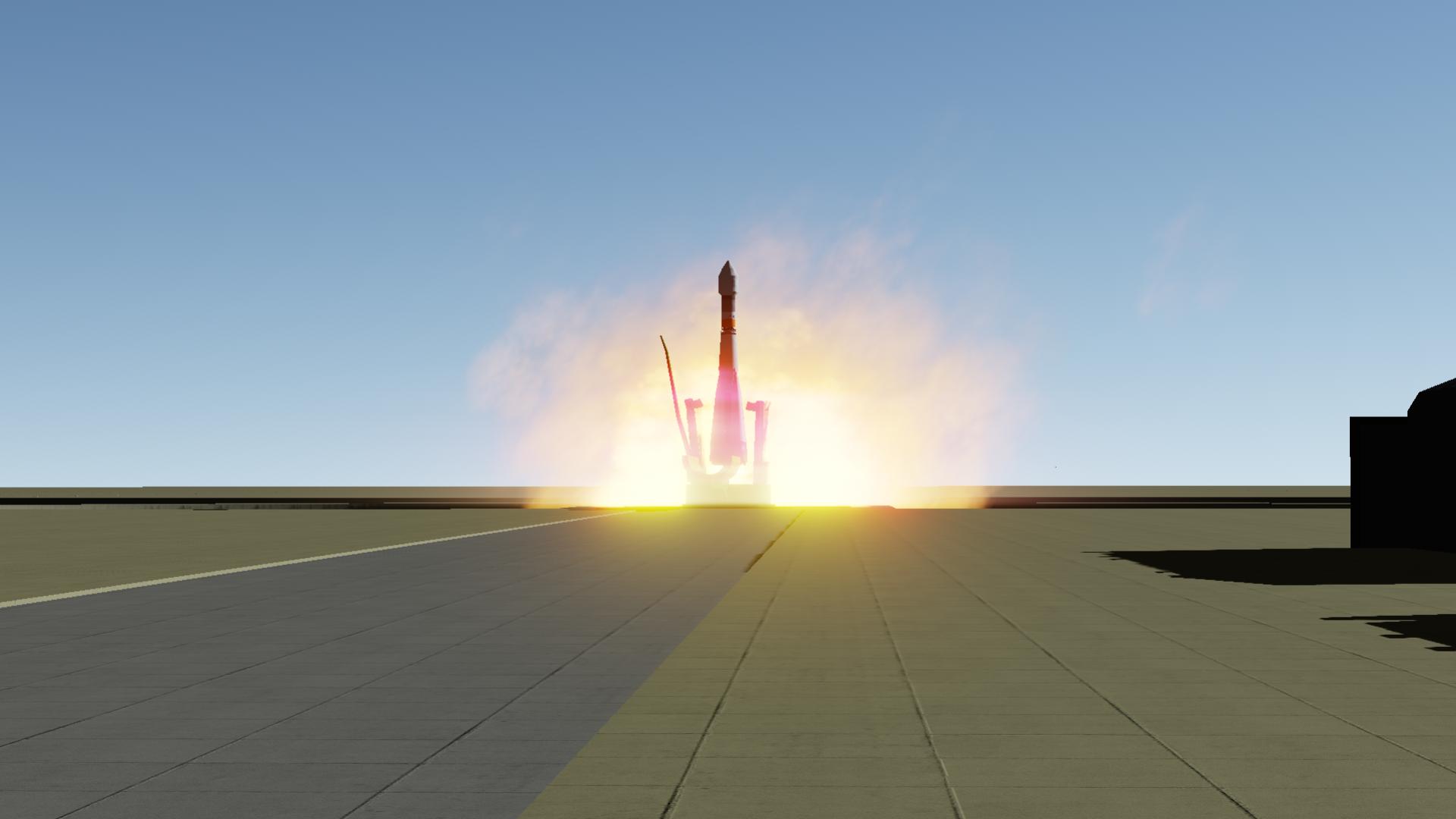
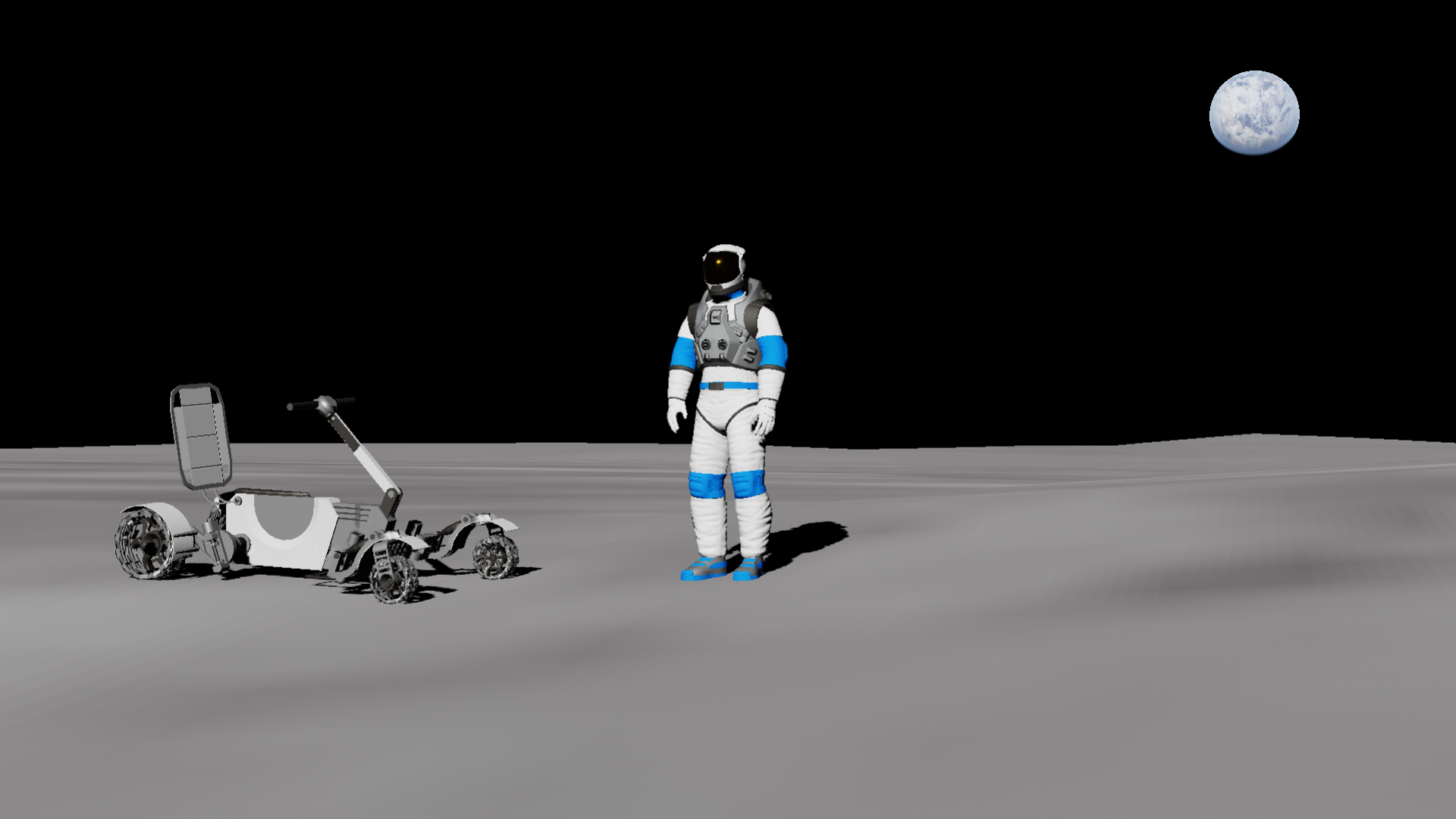

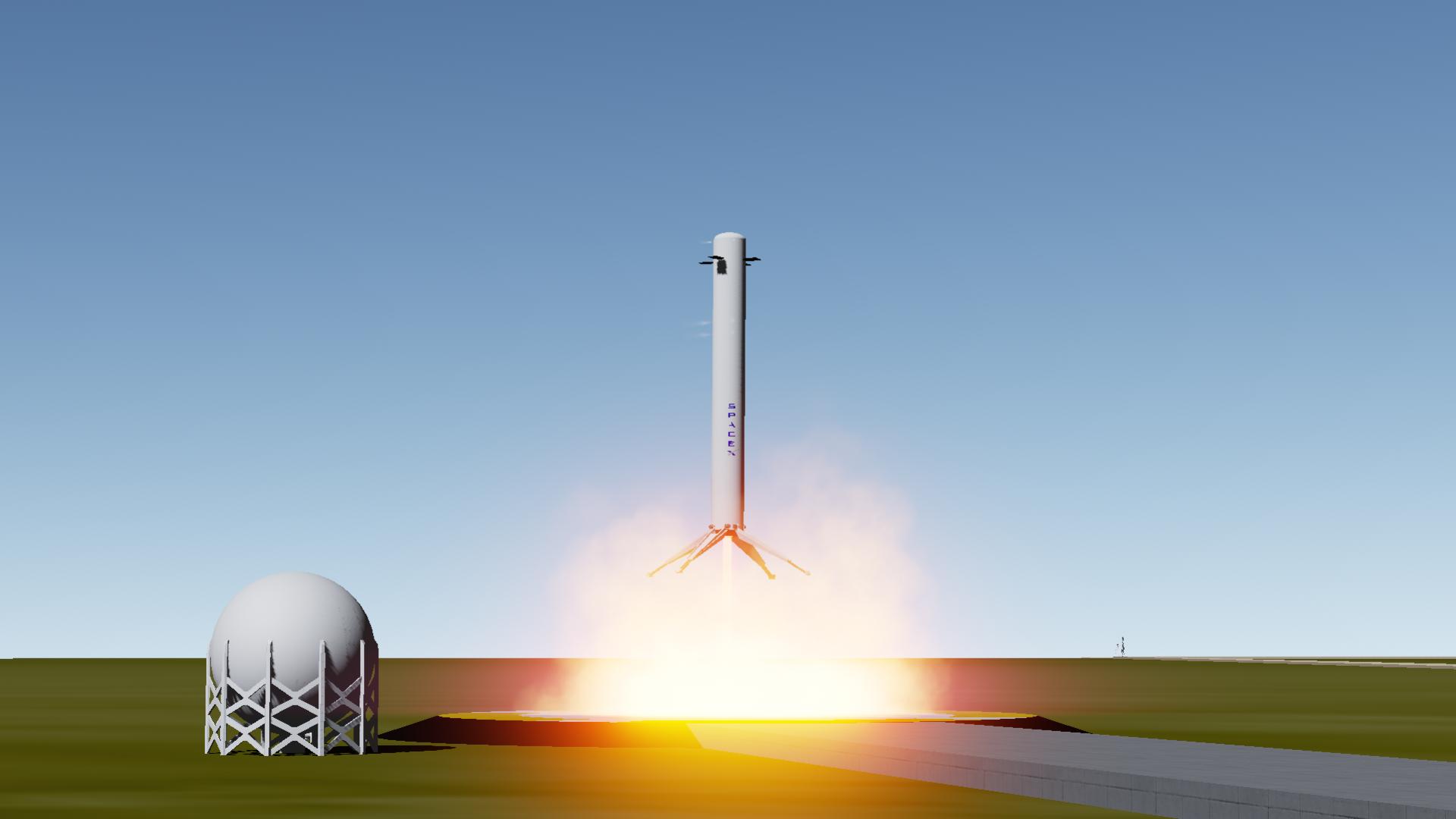
@Peppino4444 Good Question, But I Use Sea Level To Make A Cloud Cover, But I'll Do That Soon